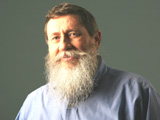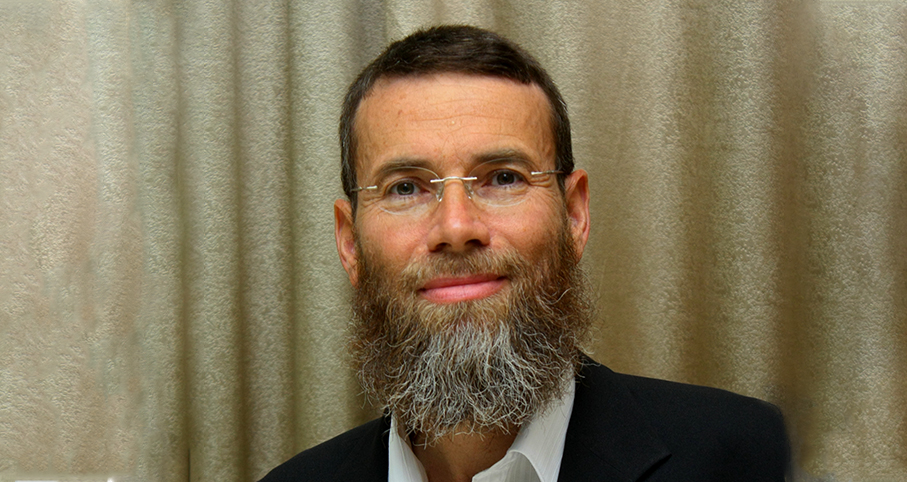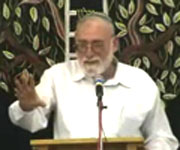Beit Midrash
- Sections
- Chemdat Yamim
- Parashat Hashavua
- Shabbat and Holidays
- Jewish Holidays
- The High Holidays
We have the privilege to reach the days known as the Yamim Noraim (Days of Fear = High Holy Days). We will take a look at the spiritual content of this period, from Rosh Hashana and Yom Kippur through Sukkot/Hoshana Rabba, while connecting it to Parashat Nitzavim.
We view Rosh Hashana as a day of strict judgment and Yom Kippur as a day of forgiveness and atonement. Sukkot is a holiday of happiness and thanksgiving. Our Rabbis have taught us that Hoshana Rabba closes the circle, as the judgment is finalized. We spend many hours in prayer, but how can prayer help our judgment, as it seems futile to try to change Hashem’s mind? The simple answer is that Hashem does not change his mind, but that the person upon whom a decree has been made is "replaced," so to speak, by a different person. The new one has grown closer to Hashem, thus improving his spiritual level.
We call this period the time of teshuva (repentance), which connotes the ability to repair, and this flows from the desire to grow closer to Hashem. The process begins with a person’s recognition of sin and the emotional pangs it causes him. This recognition changes his spiritual level and enables a renewed closeness to Hashem, which increases as he climbs the ladder of teshuva – arriving at remorse and resolving to no longer sin.
The navi exclaims: "Seek Hashem when He is to be found; call to Him when He is close" (Yeshaya 55:6). The midrash (P’sikta D’Rav Kahane, addendum 7) says that this refers to the ten days of repentance, when Hashem dwells amongst the people. Part of Hashem’s kindness on these days is that he opens a window of opportunity. The special window that opens on Rosh Hashana closes on Hoshana Rabba. This is a period during which it is easier to draw closer to Hashem.
Our main effort is to yearn to be closer to Hashem. Moshe, who had the unique opportunity to "speak to Hashem face to face as a man speaks to his friend" (Shemot 33:11), still asked to understand and experience Hashem in a more complete way (see ibid. 13 & 18). David Hamelech took a similar approach – "Your face, Hashem, shall I seek … teach me Your ways" (Tehillim 27: 8 & 11). These views of Hashem’s "face" represent an emotional request to be close, which is connected to the desire for forgiveness.
Our parasha begins with the words "atem nitzavim …" (you are all standing before Hashem). Years ago we explained that this language indicates that the Divine Presence was before them. This is a situation of Hashem being close, which, we saw above, is the time to seek Hashem.
We want to wish the entire nation that our prayers will be accepted willingly before the Master of the World, and we should be written and inscribed for a good life and peace.

The Brave of Strength Who Do His Will
Rabbi Yossef Carmel | 5768

Parashat Hashavua: What’s in the Name of Noach?
Rabbi Yossef Carmel | Cheshvan 5786

The Additional Book
Rabbi Yossef Carmel | Av 5768

























